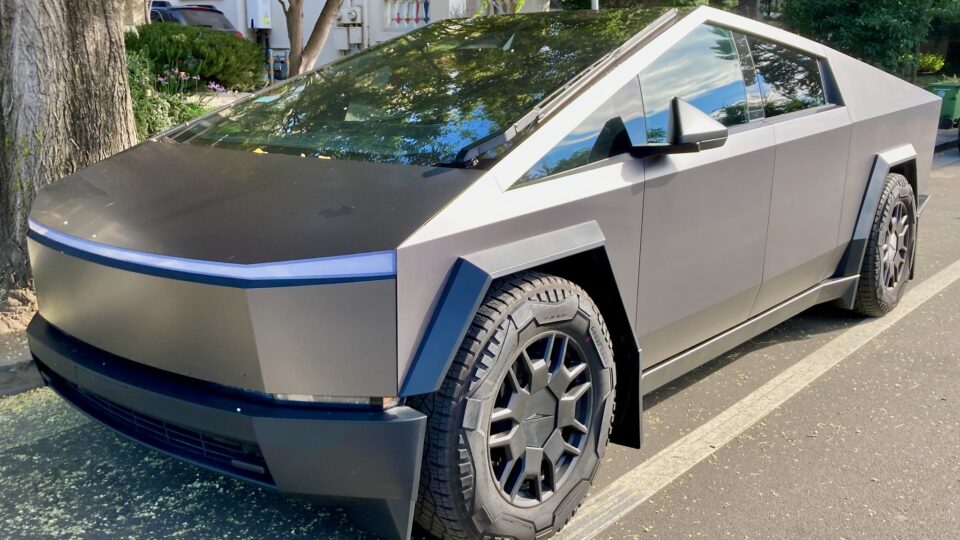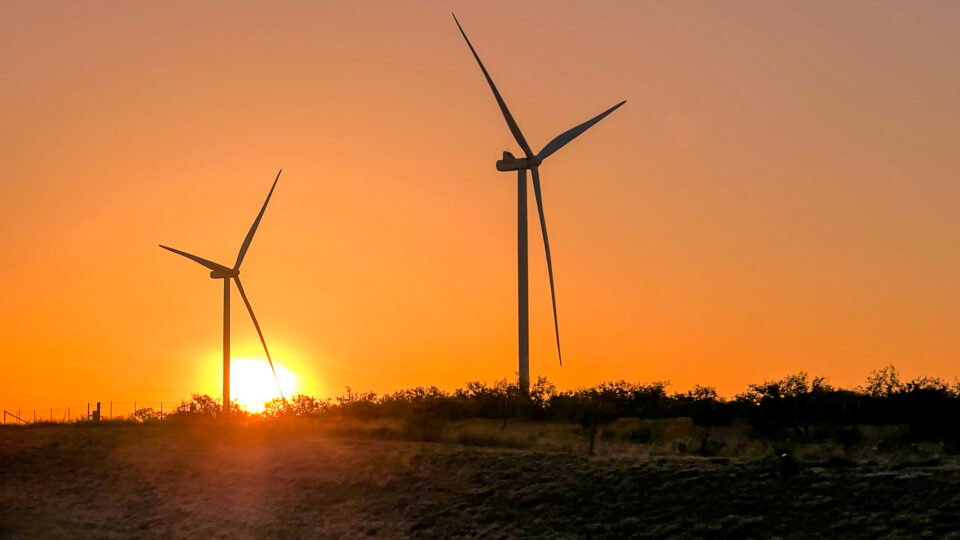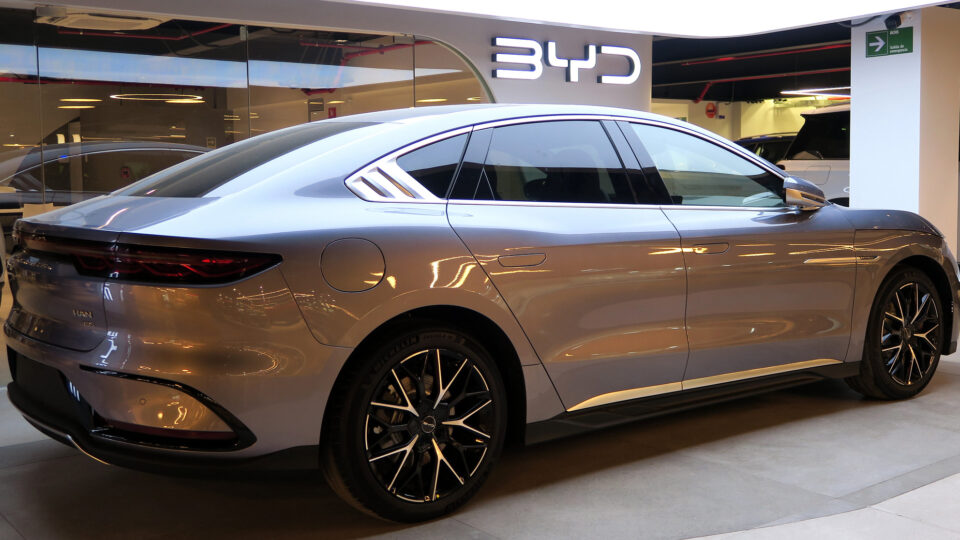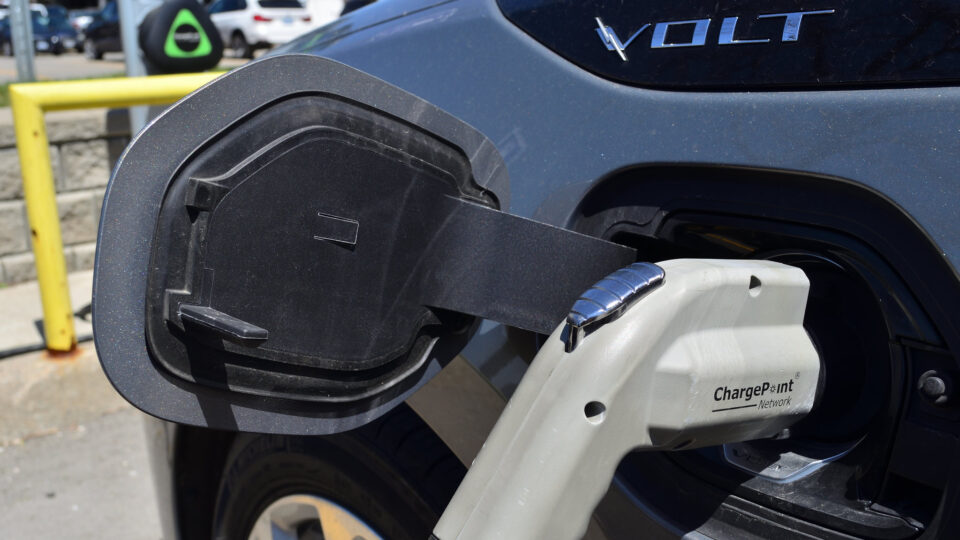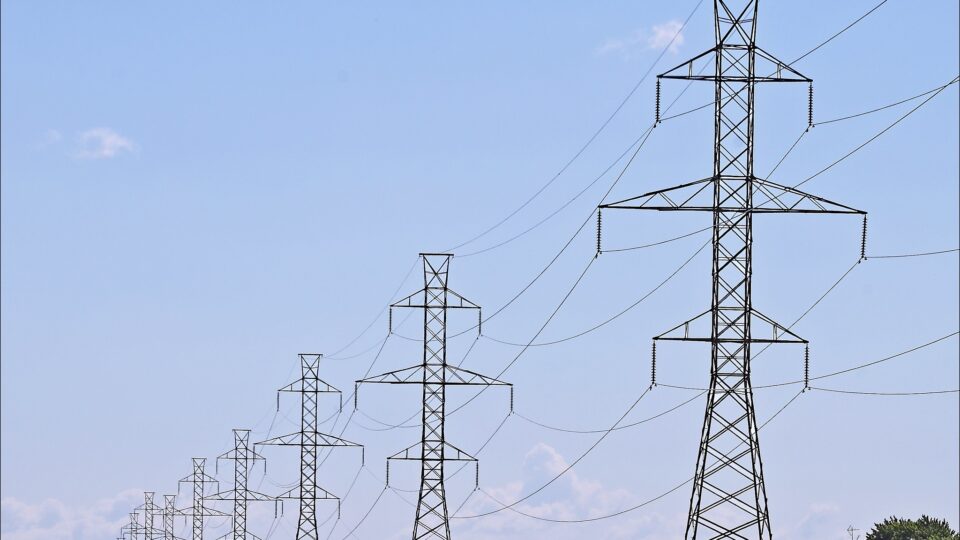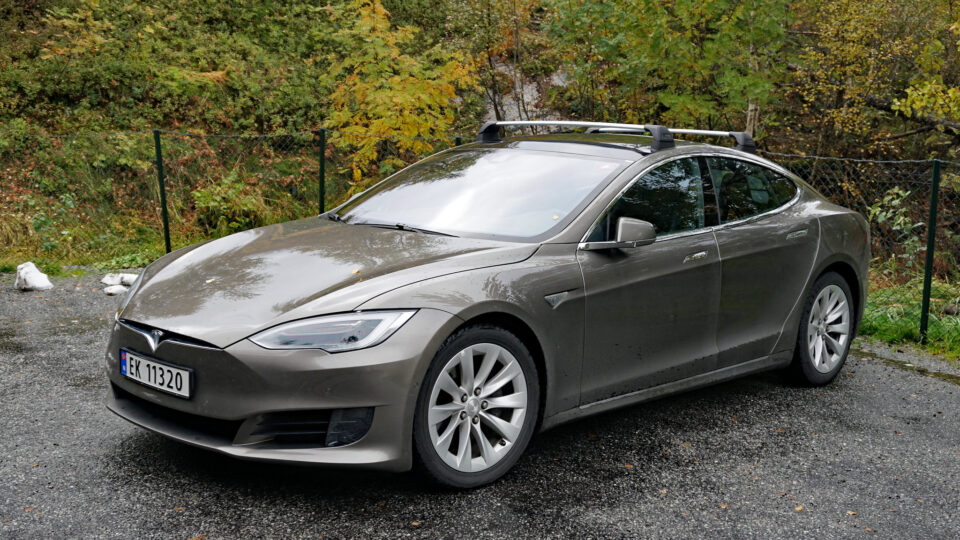As more and more cars are powered by electricity instead of gasoline, people are beginning to worry about what happens during power outages caused by storms and other disruptive events. It is easy to jump to the conclusion that this is a brand-new problem for drivers. However, when electricity goes out over a sizeable area, most gas pumps stop working and it isn’t easy to keep gas cars running either.
Electric cars are often charged at home every day and such cars are more likely to be almost fully charged than nearly depleted at any time. For those drivers, a power failure is unlikely to be much of a concern unless it persists for a very lengthy period. On road trips, unless a power outage extends over a very wide area, one can probably get to a charger that is still operating.
Nonetheless, the federal government has commissioned researchers at Iowa State University to study potential solutions to possible difficulties in keeping electric cars running during power failures. The goal of the study is to find ways to reduce the outage frequency of chargers by 75% and the power restoration time by 50%.
The study will evaluate the resiliency of charging stations in extreme weather events and identify ways to quickly restore power to charging stations in the event of outages. Included are onsite solar power and battery storage at chargers as well as redundant power lines from different electrical substations. There is even the possibility of trucks delivering pre-charged batteries to charging stations after a storm. Identifying and developing technologies to improve the resilience of charging stations is an important goal as the transition to electric vehicles continues.
***********
Web Links
Researchers working to keep electric vehicles charging, even when the lights go out
Photo, posted July 29, 2013, courtesy of Jeff Cooper via Flickr.
Earth Wise is a production of WAMC Northeast Public Radio

